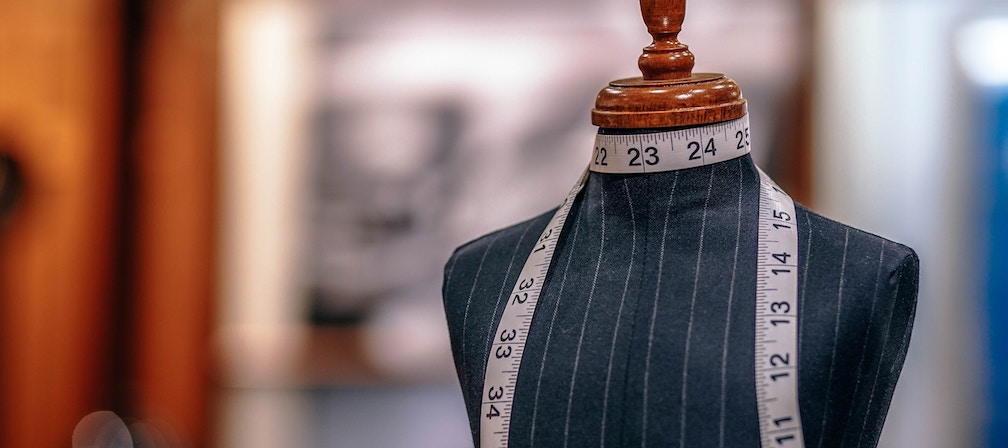So you’re a design agency. You create beautiful and original digital identities for many different companies in many different locales and many different industries. Everything you design is for your clients…right?
Wrong. In fact, everything you design is for your clients’ users. They’re the ones who need to use your creations to make that purchase, read that article, or sign up for that service. They are the ones who ultimately decide if your work succeeds or fails.
Fortunately for you, there’s remote user testing: a solution so perfect you’d think it was tailor-made for UX and design agencies. Here’s how remote user testing can be your secret weapon.
1. Get familiar with clients’ users and existing platforms
The way your clients describe their brand, online identity, and user experience challenges to you is likely a little different from how their users would describe it. Both are valuable perspectives, and testing with representative users can help you fill the gaps before you start working with only half of the story.

How do users perceive your client’s brand? How do they respond, mentally and emotionally, to the existing platform? What is being communicated to them through the imagery, navigation, and word choices?
Laying the foundation for your work with these kinds of insights shows you what your client is already doing right, and where they need the most improvement. It deepens your understanding of natural user flows and the questions that users have.
Other kinds of user research come into play here as well, and remote user testing synthesizes well with those methods. User testing surveys, customer interviews, personas, and journey mapping all help to put users at the center and can inform your user testing cycles.
2. Stay on track as projects progress
As you move from ideation to wireframing, prototyping, and then the final product, user testing can keep you focused on meeting your clients’ users’ needs at every step.
Remote user testing is ideally suited for a quick, iterative design process because it doesn’t require a big time commitment. You can write up a task list in 10-15 minutes and send it out to your target demographic, then review the videos as they come in. It’s easy to fit testing in, even for an impromptu round of feedback.
Relying on user feedback throughout the process will also help you make the case for your proposals to the client. You may even bring clients into your research to stay on the same page and keep everyone in a user-centric mindset.

3. Test different audiences for different clients at the same time
One of the biggest advantages of remote user testing is that it eliminates geographic constraints. If one client targets well-to-do West Coast women, and another sells to cash-strapped Canadians, and another is all about the elderly, you can test with all those groups equally easily.
Since each user takes the test right where they are, you won’t be restricted to people in your immediate area. That means you can do research for every client, without spreading yourself thin. Keep the wheels greased on every project all at once!
4. Prove your designs with hard evidence
Good design happens when you take risks, but that doesn’t mean your work for your clients has to be a gamble. By testing it with users, you can see what is received well and what needs tweaks. That way, you can be confident that you clients’ users will love your designs.
Validating your designs isn’t only good for your own peace of mind. Collecting evidence will help you back up your designs to your clients as well. When you receive pushback, you can show why you made those decisions and how the data supports them. The discussion can be based on evidence instead of opinions.

Just like you, your clients are ultimately beholden to their users. If you and them are both focused on meeting users’ needs, any project is on a solid foundation. Remote user testing is a key tool for building that foundation.
Read more: What can user testing do?
Get started with your user testing strategy by signing up for a free trial:




